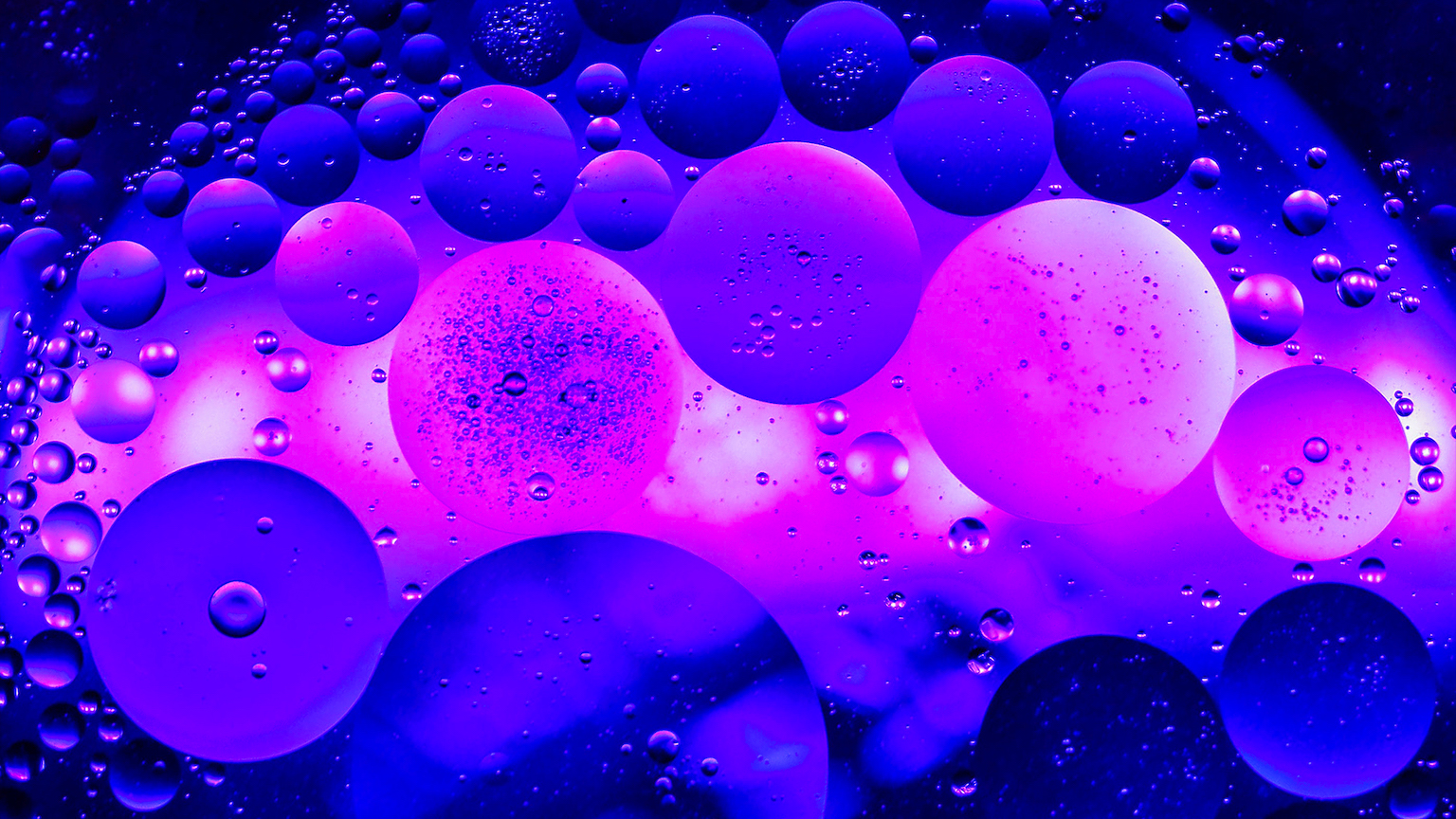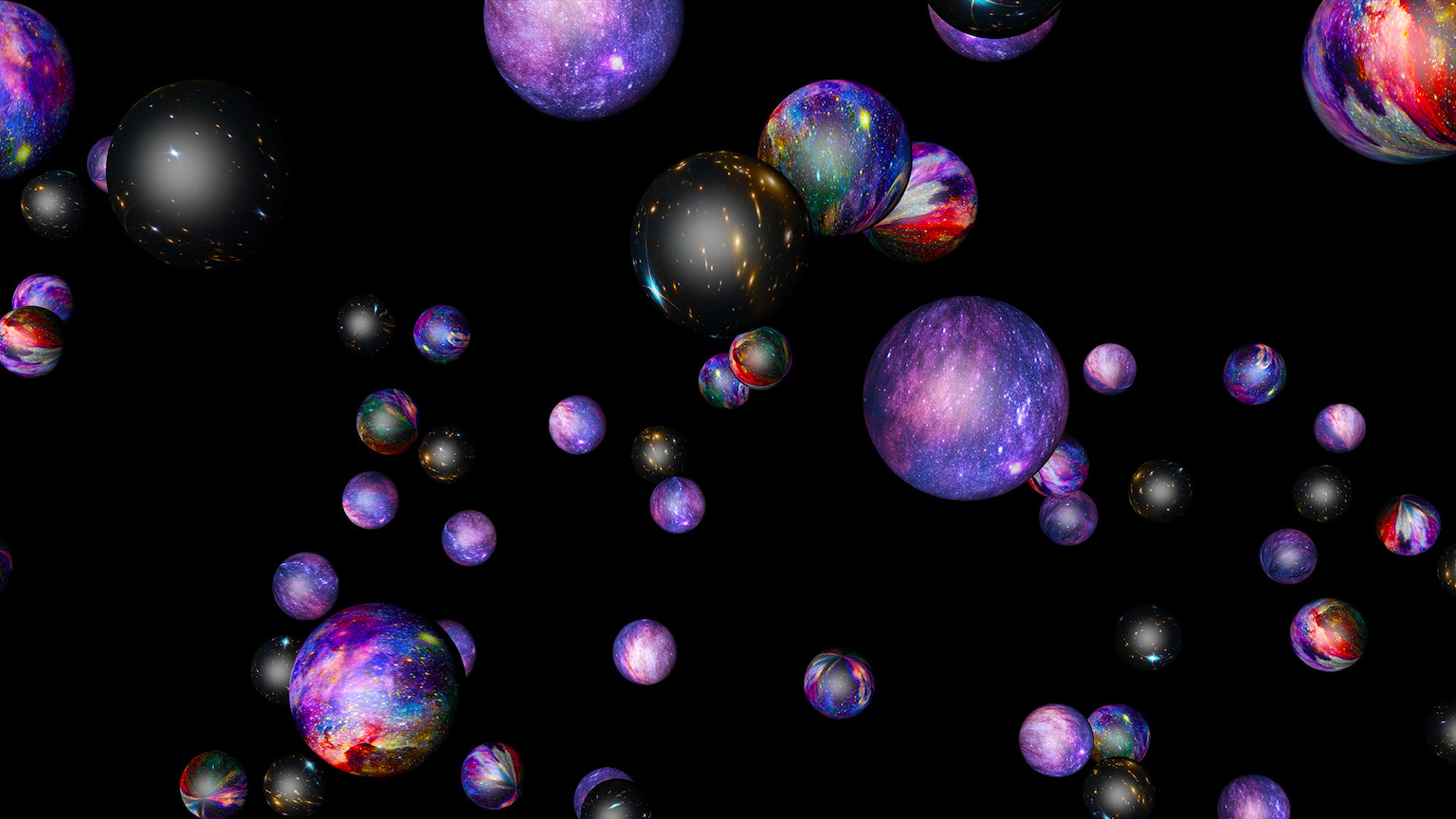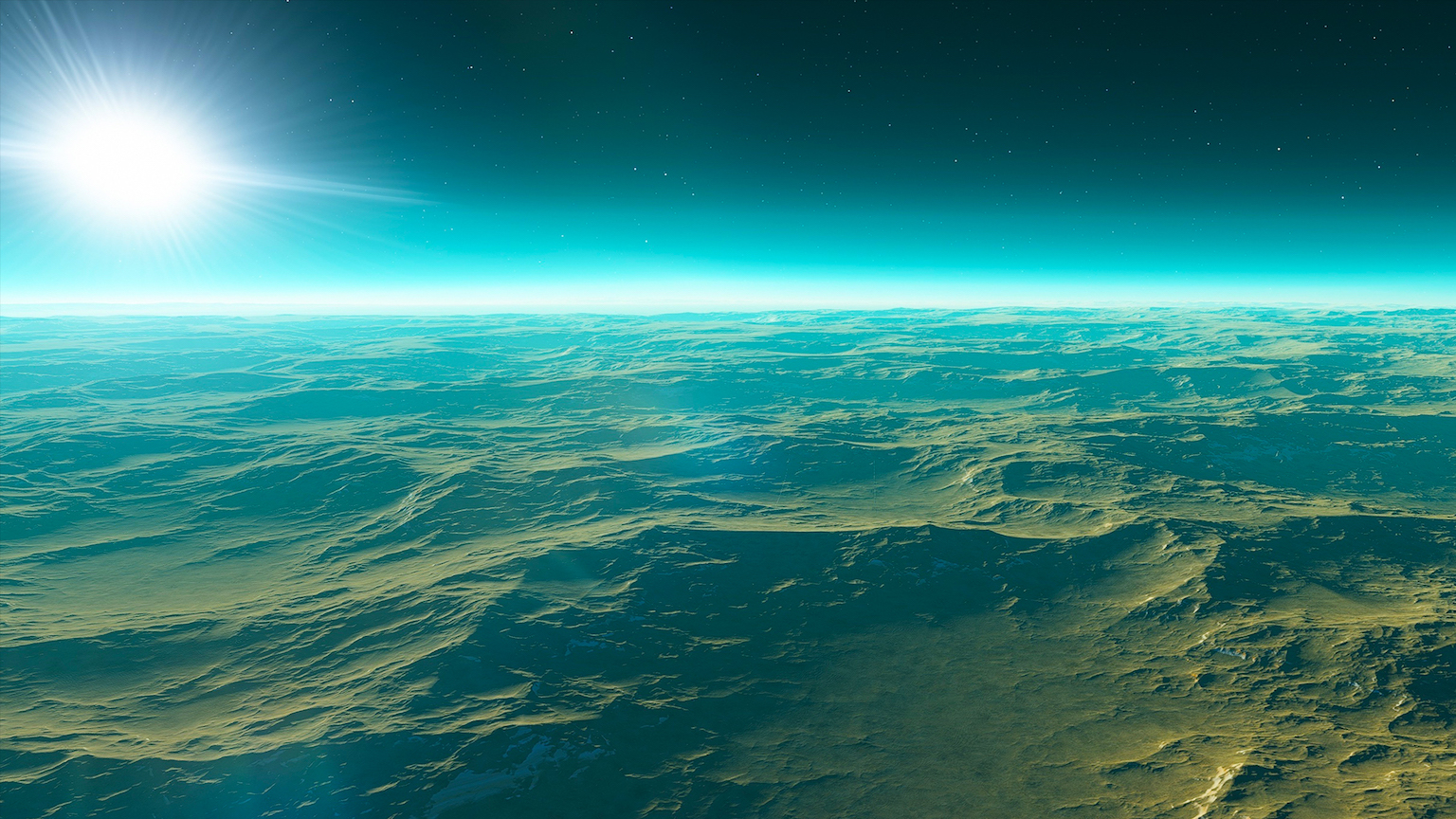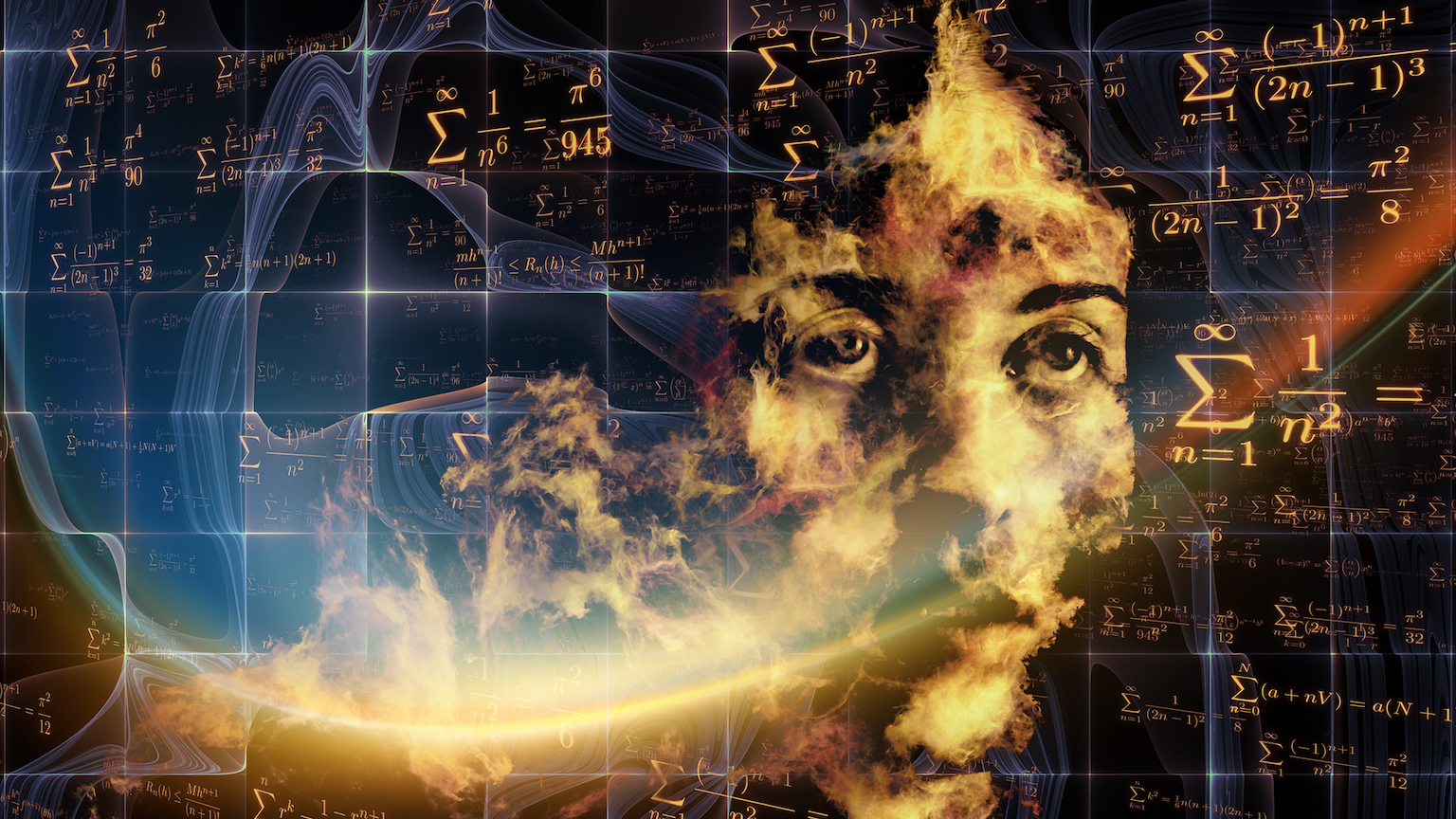Cosmic dark ages: how astrophysicists will peek into the distant past
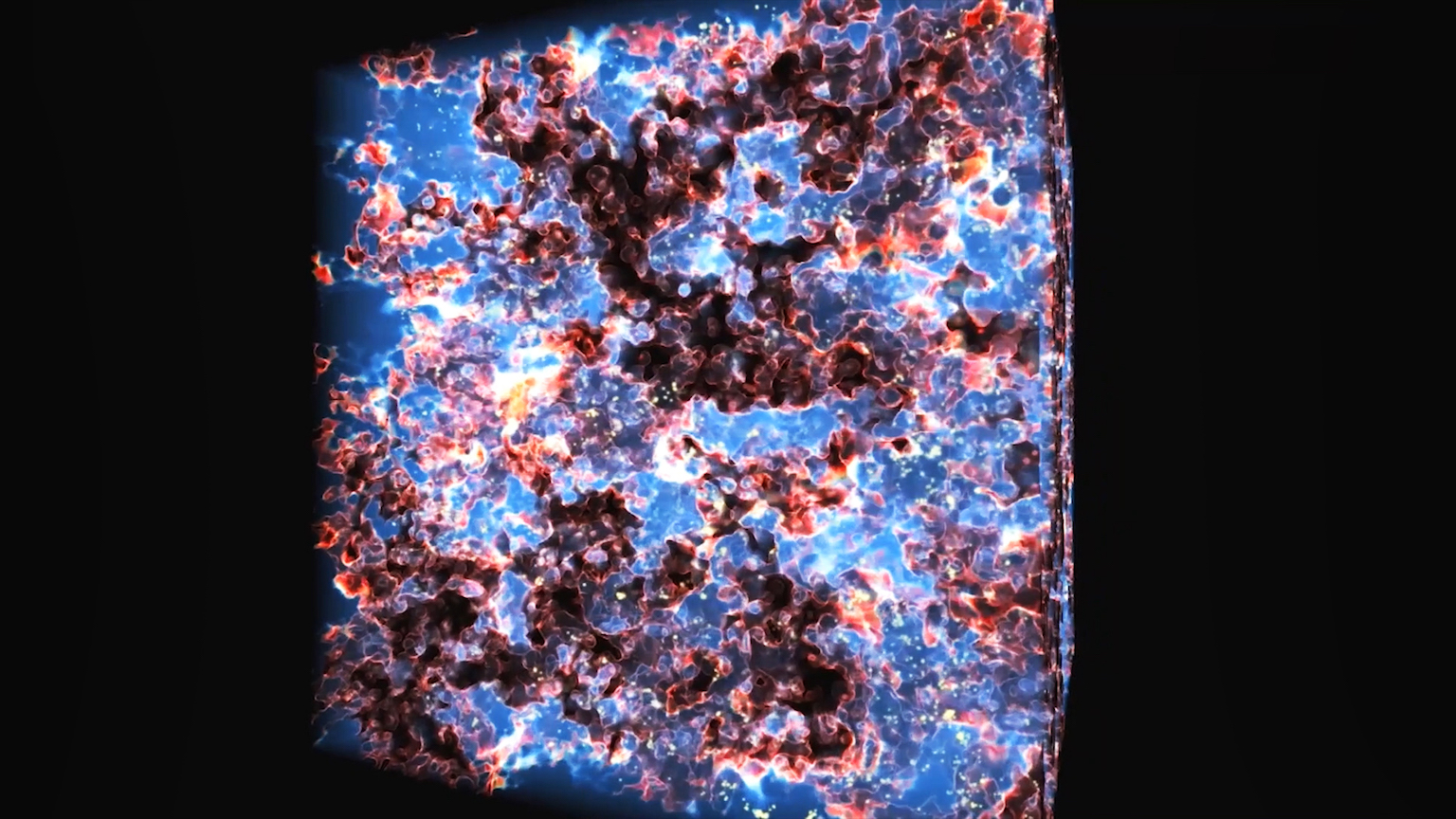
- The Big Bang is a pretty grand idea. It leaves astronomers with a lot of details to unpack.
- Astronomers have long believed that the first generation of stars helped end the cosmic “dark ages” by tearing apart hydrogen atoms that were floating through space.
- The launch of the James Webb Space Telescope will give scientists a new tool for uncovering details about the cosmic dark ages and how they ended.
A few weeks ago I wrote a post arguing against the Multiverse, an idea that emerges from scientists studying the frontiers of cosmology. This sparked a debate between me and fellow BigThink astrophysicist Ethan Siegal (who is very much in favor of the Multiverse). While our back-and-forth was super interesting and fun, I do not want anyone to walk away from that exchange thinking that I am somehow anti-cosmology. While I have not published papers on the study of the Universe’s history, I have taught the class at undergraduate and graduate levels. Each time I do, it blows my mind. It is like reading the material for the first time.
In that spirit, today I wanted to unpack a key aspect of our modern cosmological narrative that will be in the spotlight as the James Webb Space Telescope comes online: the era of reionization.
A grand model
The best model we have for the evolution of the Universe is the Big Bang. According to this model, the Universe started as an infinitely dense, infinitely hot complex of space, time, matter, and energy. From these initial conditions came the expansion of space-time. This led to everything we see today: galaxies, planets, people – everything.
The Big Bang is a pretty grand idea. It leaves astronomers with a lot of details to unpack, starting from the Universe’s earliest stages, one zillionth of a second after expansion started, to the cosmos we see 13.8 billion years later. One detail astronomers have long pondered is what happened after the formation of the cosmic plasma of hydrogen and helium — this took shape about 300,000 years after the Big Bang — but before the full assembly of galaxies.
For years scientists have built their Big Bang models on the idea that the Universe continually cooled as it expanded. This allowed some interesting things to happen along the way. After a few hundred thousand years, for example, the initial fireball of creation — it is not really a ball, it is all of spacetime — would have cooled to a temperature that allows protons and electrons to move slowly enough to latch on to each other and form the first atoms of hydrogen.
The cosmic dark ages
Hydrogen formation marks a critical transition for the infant universe. Once lots of hydrogen exists, the relation between matter and radiation changes dramatically. Some kinds of light that were locked into a tightly coupled dance with matter are suddenly freed to wander the Universe unhindered. Other kinds of light are suddenly trapped. This happens to strong ultraviolet photons (the stuff that gives you a sunburn).
Hydrogen atoms are like UV sponges; they love to absorb UV light particles. UV light has a hard time traveling freely through the Universe once hydrogen forms. Any UV light that is emitted gets absorbed by neighboring hydrogen atoms. The presence of large amounts of hydrogen means the universe is dark (at least in terms of ultraviolet light). In fact, scientists call the period after hydrogen formed the “dark ages.”
Shining a light
The Universe we live in now, however, is far more transparent. This means that eventually the dark ages must have ended. Astronomers have long believed that the first generation of stars (and black holes) helped end the dark ages. When the young universe matured enough to allow stars to form (perhaps a few hundred million years after the Big Bang), the light they emitted was powerful enough to tear apart hydrogen atoms floating in space. The light ionizes the hydrogen, pulling the atom’s sole electron away from the single proton in its nucleus.
As the universe begins to fill with stars, the amount of hydrogen gas in space drops. Astronomers call this the period of reionization. They believe that if they look far enough out into space — which means far enough back in time — they should eventually see where reionization occurs. This will be the boundary between the old, dark universe and the newer, transparent one. Over the past decade, numerous studies looking deep into the cosmic past have given us glimpses of this reionization era.
A moment to reflect
With the launch of the James Webb Space Telescope, a new window will open on the end of the cosmic dark ages. The telescope is optimized for infrared light. Because of the Universe’s expansion, photons that were associated with short-wavelength UV light have had their wavelengths stretched into the longer infrared band. This makes the new telescope the perfect instrument for catching the details of the cosmic dark age and reionization.
Which brings me back to how mind-blowing cosmology is as a scientific field. I may have my doubts about ideas like the Multiverse that emerge from the study of the earliest instants after the Big Bang. But that is not all there is to cosmological studies. Mapping the history of the whole universe is the full task of the field. As we begin our deep dive into the reionization era via the James Webb Space Telescope, we can remember just how detailed that history has become, and how far our cosmological knowledge has taken us.
